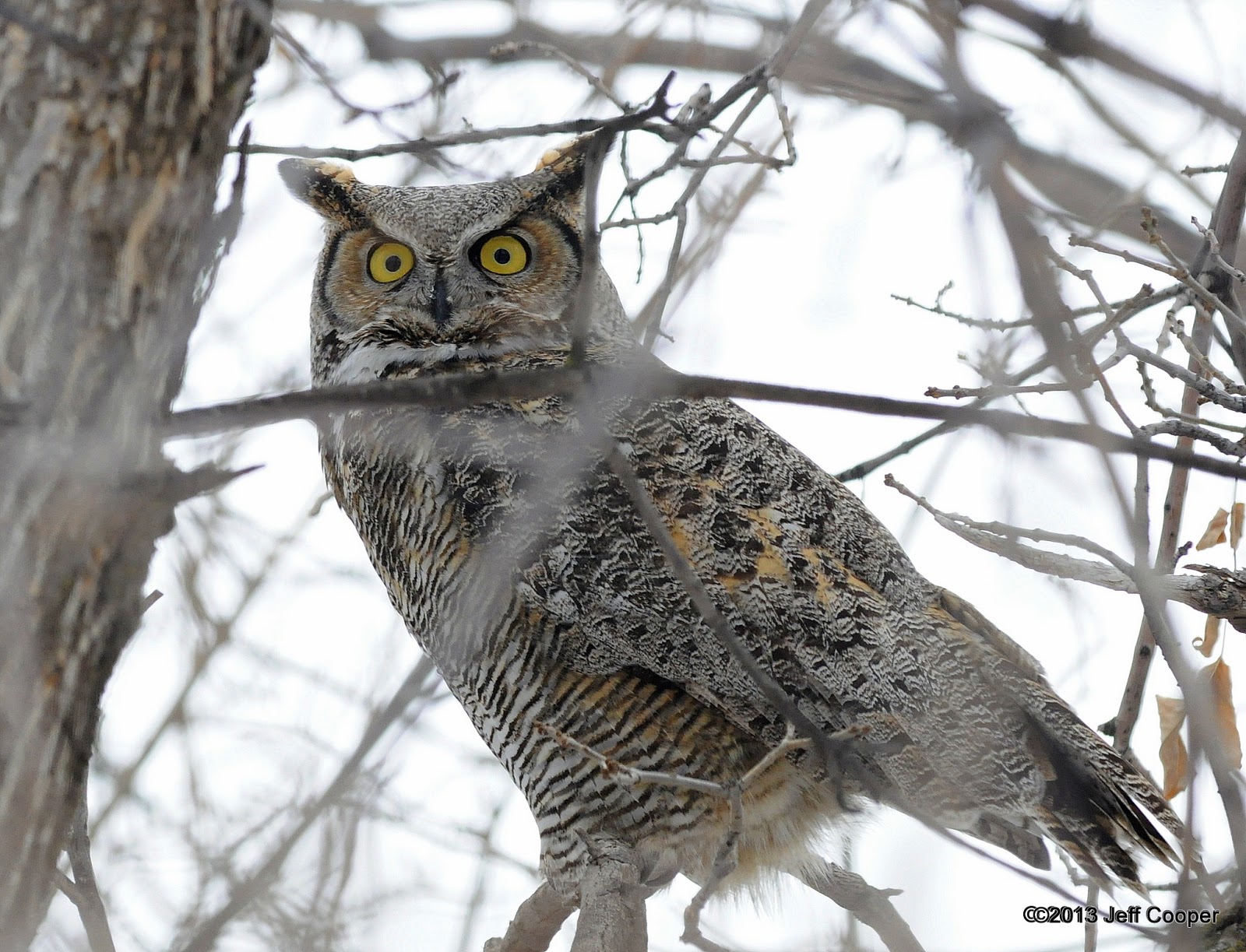The Townsend's Solitaire is a long-tailed gray bird that lives and breeds in the mountains of the western United States and essentially embodies what I love about birding. At first glance it seems dull and boring. That's how many non-birders view birding in general. However, what seems dull and ordinary at first glance can change dramatically when observed carefully in the field. Just as the Solitaire goes from dull gray to flashes of yellow and white in flight, birding can go from ordinary to exciting when a new species is discovered or a typical bird is seen from a new perspective.
I remember the first time I saw a Townsend's Solitaire take flight across the road in front of me as I was driving into the mountains which form American Fork Canyon in Utah County, Utah. Soft yellow flashes came and went with each flap of the bird's wings. White outer tail feathers were displayed and the bird was gone almost as quickly as it appeared. I had seen Townsend's Solitaires perched several times before and remember thinking they were slender, dull gray birds. Nothing really appealed to my senses with those initial encounters. They also seemed to prefer perching at the very top of really tall evergreens so they didn't seem very camera friendly. However, those soft yellow flashes and white outer tail feathers were unexpected and piqued my curiosity. After studying a few images in my field guides I made a mental note to watch for opportunities to photograph a Townsend's in flight to capture that burst of yellow and white from an otherwise dull looking bird. I also wanted to get images showing their unique, white eye ring, and the scaly looking plumage associated with juvenile birds. Each of those photos would require nearly perfect timing, lighting, and perspective.
Well, over time, some of those nearly perfect Townsend's-timing moments presented themselves in and near the mountains of Utah. The most recent occurred a couple days ago while I was at the kitchen sink in my home. It didn't result in a photo to memorialize the moment, but it is locked in my mind's eye. I had just walked up to the kitchen sink in my home and looked out through the window. In a split second a Townsend's Solitaire landed in the small Eastern Redbud Tree a few feet from the window. It was present for no more than two seconds before it flew out of view, but that was long enough for me to recognize it and make it the latest addition to my growing list of bird species observed in my yard--species #67. Neither my neighborhood nor my yard provide the ideal habitat for a bird that prefers feeding on the fruit of Junipers during the winter months, but the timing was perfect for observing such a rare visitor. I'm sure the heavy snow fall in the mountains pushed this bird into the valley in search of food.
Just a little over a week or so ago I encountered a Solitaire while I was trying to photograph another bird near Battle Creek Canyon in Pleasant Grove, Utah. Below are some images of that bird, including flight photos that, while not perfect, display the plumage that piqued my interest nearly two years earlier when I encountered the flying Solitaire in American Fork Canyon. The unique white eye ring, yellow wing stripes, and white outer tail feathers are all captured in these images.
 |
| Adult Townsend's Solitaire at Battle Creek Canyon in Pleasant Grove, UT (Photo by Jeff Cooper) |
 |
| Adult Townsend's Solitaire at Battle Creek Canyon in Pleasant Grove, UT (Photo by Jeff Cooper) |
 |
| Adult Townsend's Solitaire at Battle Creek Canyon in Pleasant Grove, UT (Photo by Jeff Cooper) |
 |
| Adult Townsend's Solitaire at Battle Creek Canyon in Pleasant Grove, UT (Photo by Jeff Cooper) |
The image below provides a good feel for how Townsend's Solitaires are typically observed in their preferred coniferous habitats. This might be the dull and boring view beyond which the non-birder never passes.
 |
| Townsend's Solitaire at Granite Flat Campground in Utah County, UT (Photo by Jeff Cooper) |
A closer, more careful view begins to reveal some unique features around the eye and in the wing patterns.
 |
| Townsend's Solitaire Along East Coal Creek Road Near Wellington, UT (Photo by Jeff Cooper) |
Last but not least are two images of Townsend's Solitaires displaying early and later stages of the unique juvenile plumage. I came across the first bird at Lava Point Campground, high in the mountains above Springdale, Utah in the summer of 2011. The last image was captured near Squaw Peak in the mountains above Provo, Utah.
 |
| Juvenile Townsend's Solitaire at Lava Point Campground Near Springdale, UT (Photo by Jeff Cooper) |
 |
| First-year Townsend's Solitaire Above Squaw Peak Near Provo, UT (Photo by Jeff Cooper) |





















































